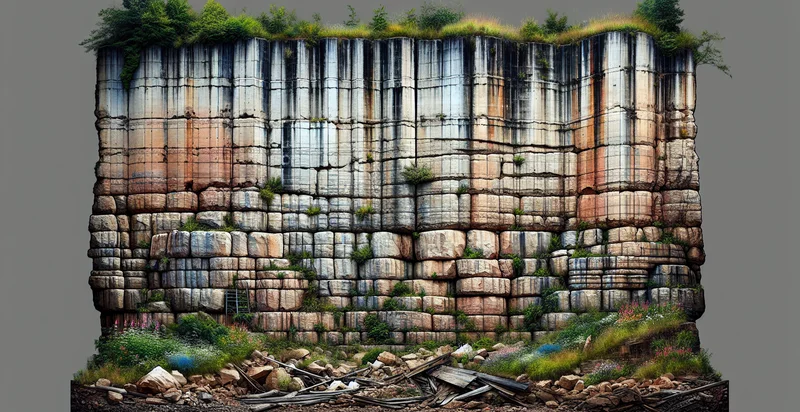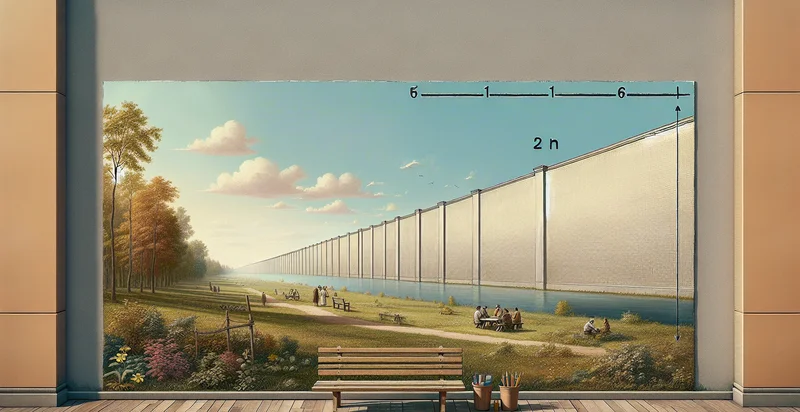Identify retaining walls condition
using AI
Below is a free classifier to identify retaining walls condition. Just upload your image, and our AI will predict the condition of retaining walls - in just seconds.

Contact us for API access
Or, use Nyckel to build highly-accurate custom classifiers in just minutes. No PhD required.
Get started
import nyckel
credentials = nyckel.Credentials("YOUR_CLIENT_ID", "YOUR_CLIENT_SECRET")
nyckel.invoke("retaining-walls-condition", "your_image_url", credentials)
fetch('https://www.nyckel.com/v1/functions/retaining-walls-condition/invoke', {
method: 'POST',
headers: {
'Authorization': 'Bearer ' + 'YOUR_BEARER_TOKEN',
'Content-Type': 'application/json',
},
body: JSON.stringify(
{"data": "your_image_url"}
)
})
.then(response => response.json())
.then(data => console.log(data));
curl -X POST \
-H "Content-Type: application/json" \
-H "Authorization: Bearer YOUR_BEARER_TOKEN" \
-d '{"data": "your_image_url"}' \
https://www.nyckel.com/v1/functions/retaining-walls-condition/invoke
How this classifier works
To start, upload your image. Our AI tool will then predict the condition of retaining walls.
This pretrained image model uses a Nyckel-created dataset and has 21 labels, including Bulging, Capping Deterioration, Collapsed, Discoloration, Fading Paint, Inadequate Drainage, Leaning, Mild Erosion, Minor Repairs Needed and Needs Repair.
We'll also show a confidence score (the higher the number, the more confident the AI model is around the condition of retaining walls).
Whether you're just curious or building retaining walls condition detection into your application, we hope our classifier proves helpful.
Related Classifiers
Need to identify retaining walls condition at scale?
Get API or Zapier access to this classifier for free. It's perfect for:
- Inspection Automation: The false image classification function can be employed to automate the inspection process of retaining walls. By identifying images with inaccurate representations or misclassifications, it helps engineers focus on genuine structural concerns that require attention.
- Maintenance Planning: This function can assist civil engineering firms in planning maintenance activities by filtering out false negatives in retaining wall condition assessments. By ensuring accurate representations, it enables resource allocation towards walls that are genuinely at risk, optimizing maintenance schedules and budgets.
- Reporting Accuracy Improvement: The tool can enhance the accuracy of condition reports generated by inspection teams. By identifying operational errors in image classification, companies can ensure that their reports reflect true conditions, leading to better-informed decisions.
- Training and Development: The false image classification function can be used in training scenarios for engineers and technicians. By presenting incorrect classifications during training sessions, learners can improve their understanding of retaining wall conditions and enhance their decision-making skills in the field.
- Regulatory Compliance: Infrastructure managers and organizations responsible for retaining walls can use this function to ensure compliance with safety regulations. By identifying and correcting misclassified images, entities can ensure their documentation meets industry standards and passes audits.
- Insurance Assessments: Insurance companies can utilize the classification function to assess risk accurately for properties with retaining walls. By distinguishing between valid and false claims related to structural integrity, insurers can make better coverage decisions and minimize fraudulent activities.
- Research and Development: Academic and research institutions can leverage this function in studies aimed at improving retaining wall designs and materials. By analyzing the conditions of existing walls and identifying misclassification patterns, researchers can develop better predictive models for future designs.


